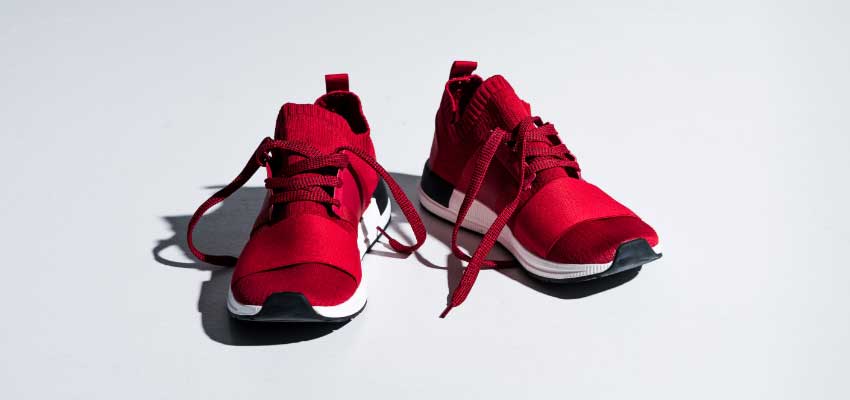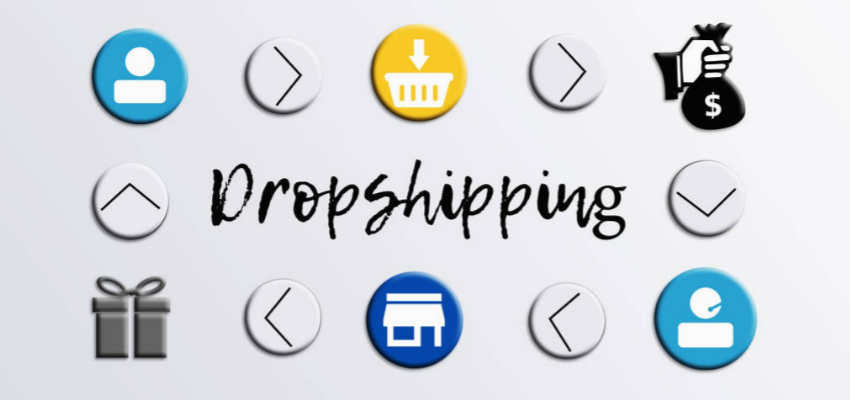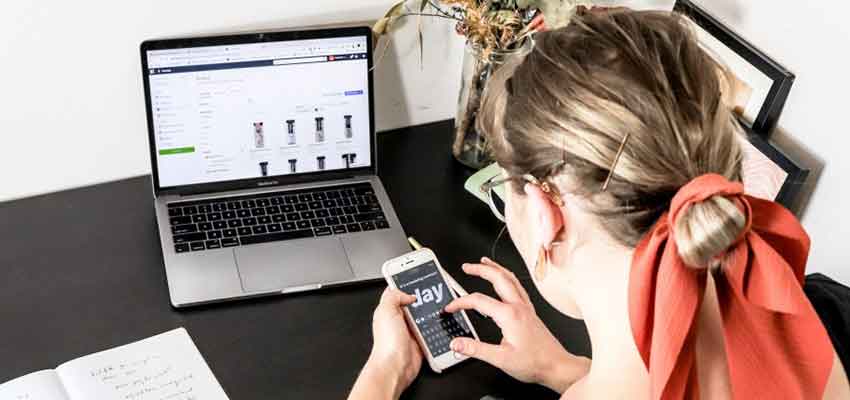Show:
Product Sourcing: A Thorough Look At the Entire Process
Finally, after considerable time and effort, you have found the perfect product that meets all of the necessities to make you a decent profit – viable, strategically feasible and high demand. You are all set for your new business.

Now – how to get your products is the next step. This is often the one that many struggle with because they lack the understanding of what to do. Finding the products that meet all of your needs is not easy. You have so many factors to consider – research, suppliers, consistency and still make that profit you need. You are fortunate because all e-commerce locations use a similar sourcing strategy. You have to know which works for you. It is time to learn the fundamentals of product sourcing.
What is product sourcing?
Product sourcing is where you get the products you are planning on selling. Specifically, this includes several factors: analysis, market, costs, bargaining with your supplier and the approaches necessary behind each step. The goal is to find the best product with the best profit at the lowest cost. It is tricky but completely feasible to do.
This is where the understanding and skill comes in and provides the edge you need. You can do some research, find a comparable product to your closest competition and best them in price. You could also find a lower priced product, maintain your current price and have a better profit margin.
Which product sourcing options should you consider?
There are a few different ways to source products. Most e-commerce retailers use one of the following with some variation: wholesale/production collaboration, handmade products or drop-shipping. Some may work within a marketplace, trade shows or conferences as their chosen way to source products.
Understand: There is no “best product sourcing.” You need to consider the possibility of obstacles, problems and situations that may result in a complete change of sourcing prospects and strategies. This is a system that rewards those who are persistent with exceptional profits and a successful business.
Create your products
It does not take long to find out how many different homemade products are available online. You can find commodities like clothes to some technical devices. Some people are willing to pay top dollar for well-designed hand-crafted products. There are some who are successful enough to make a full living doing this. If you are leaning to a DIY (do-it-yourself) product for sale, you need to take a few things into consideration:
Advantages
You have the absolute advantage of being the only person making products, control your brand name and are not sinking too much into getting the business off the ground.
Disadvantages
You need to look at the amount of time you are going to invest into your business. You are the business – manufacturing, marketing, shipping, customer service and more. You need to be constantly aware and have the understanding things may go badly or even suddenly increase signficantly.
Other considerations
- You need to know where your materials will come from, find them and determine pricing.
- You will need to consider how you will get your products to your customers. There are several options, but you need to find the one that works for you.
- Time investment is another consideration. How long will it take you to make a product run? Do you have a labor cost breakdown? Do you work in advance or wait for custom pieces?
- Where are you going to store your products? Do you need a storage facility or a face-to-face store?
- Your customers will need to know a rough timeline from start to finish on products. Honesty is always the best policy, particularly since a customer is the boss.
Hire A Sourcing Agent
You can import the products of your choice by working with a professional sourcing agent company. Sourcing agent help you get in touch with the best suppliers and negotiate with them on your behalf. Professional sourcing agents like Sourcing Nova perform plenty of tasks on your behalf and ensure that you get you desired products delivered safely at the most economical prices.
Drop-shipping
Drop-shipping means products go directly from the manufacturer to the retailer without going through the traditional channels. The customer will buy something, and a third party ships it.

Advantages
Drop-shipping is 100 percent hands off. You do not have to deal with products, packaging, delivery and stock. Most people drop-ship for new products or to increase sales.
Disadvantages
There is still competition with drop-shipping. Profit margins are slim, so you have to work hard to earn decent money.
Other considerations
- You need to find a decent supplier, and this will take time to find one that will meet your specific needs.
- Check the company’s references. Stick with sites under BBB certifications.
- Get samples to make sure the products meet your specific requirements.
Hire a manufacturer
Most people who are doing product sourcing use this process. You can find a manufacturer to make your products – a perfect solution to a DIY product line that explodes with customers wanting your products beyond your capabilities.
Advantages
It is much simplier to market your products. You have full control of your brand and product line. Best of all, your product cost is lower and thus, a better profit margin.
Disadvantages
There is an upfront investment cost as many will require MOQ, minimum order quantities. If you are a small business, this may not work well for you.
Working with a wholesaler
If you can neither create nor assemble your own products, this is an ideal way to get your company up to snuff.
Advantages
You are not required to do any production. This step, similar to the manufacturing, means you do not have to do any product production.
Disadvantages
Again, you will be expected to buy in bulk. You will need a place to store inventory and keep track of the same. Making your products stand out is a difficult one since you are against other, similar companies and products.
Other considerations for manufacturing/wholesaling
- There are plenty of possibilities. You can find them online with ease.
- The reputation of your manufacturer is important. Again, staying with a BBB company is ideal.
- Taxes, licenses and more are going to be a part of the business and your life. You need to be sure to stay on top of this.
- Ask if you do not know. There are plenty of things you may not know – processing and shipping pricing? Future fees? Shipping? Branding? Packaging? There are so many questions. Ask as many as you feel you need.
- Always get samples. You need to be sure what you are looking into buying is what you are wanting to sell. There is often a small fee for samples.
Marketplace
Marketplace choices are ideal to find products. You can check: Amazon, eBay, Shopify, Etsy, AliExpress and the like.
Advantages
The costs are often exceptionally low. There are plenty of products and manufacturers available to select from.
Disadvantages
Samples, and you need them, can take considerable time to receive. There are scammers, good ones, on these sites as well.
Trade shows & Conferences
These are ideal to find vendors, manufacturers and more for the new and different products that may not yet be available for public usage. This is a very good product sourcing method.
Advantages
You can be the first person to put hands on a new product and get samples much quicker as well. It is easy to get custom work, touch, feel and try the products.
Disadvantages
Most trade shows may be across the globe. China, for example, has great trade shows. You also have to fly to China, get a hotel, food and transportation. This will quickly add up to thousands of dollars.
What is the process of product sourcing?
This is a very exciting time for you, starting in a new industry. However, you need to be aware of some factors that make a difference: demand, MOQ, productivity and shipping costs are all part of your business. Understanding the product sourcing process is key to your success. Here is what you will need to do. These are not one time tasks, but these need to be constantly reviewed, revisited and considered.

Store Data and Trends
Is there significant demand for sales and growth? Is there another product that may prove better overall?
Research Consumer Demand
What is your customer base looking for in your product? Is there something that will capture attention you can post on social media? What do they not like about current products?
There is an argument that a product with current demand is better than a new company with a new product. If this is the case, you should find what customers want before you begin product sourcing.
You are fortunate – Amazon and the Internet itself are ideal places to look for what shoppers are interested in purchasing. These two sources are ideal, available and easy to navigate.
Best-Seller List on Amazon
There is so much precious data on Amazon for the new seller. You only need to find it. Start in two locations: Trending Products and the Best-Seller List. This will provide you with everything you would need. Here is a bit more detailed look into each.
Trending Products
This is a daily revolving list, so you will get an idea of what is and what is not popular at the moment. The huge number of people shopping Amazon on a daily basis provides you with a really good glimpse into what seems to be steady in sales.
Best-Seller Lists
Amazon categories and sub-categories have the best sellers listed. The top 100 are the most in demand and can help guide you to what you are looking for in your store front.
Keywords Everywhere tool
There are paid tools around to find keywords associated with products you are looking to source and sell. Google Trend can also help you find what people are interested in at the moment. However, Keywords Everywhere is free and is adequate for your needs as you are getting your business off of the ground.
Consider your budget
You do not need a ton of capital to get started. A small budget and a small area of the home set aside for your products is enough as a start. You will need to look for partners that will work with you and these parameters. This means sourcing partners offering:
- Easy purchase and shipping
- Small MOQ
- Fast reorder processing
- 30, 60, 90 day net pays
- Prepayment discounts
- Free delivery on certain amounts of product
Potential Suppliers or Manufacturing Options
Backing up to what we discussed previously about product sourcing, this is the time you start looking for products from wholesale vendors, trade shows or markets. You can also consider drop-shipping, wholesale partners or even manufacturers.
Samples
Consider: Would you buy a home without looking it over? Of course not. How about buying a car without a test drive? Certainly not. The same is true for product sourcing. You should not put a product on a shelf until you have had a chance to put eyes and hands on the product physically. This is the time to get feedback from your partners and family, a chance to scrutinize the product up and down and see how the manufacturer treats you and the process before you choose to carry the specific product.
Samples is a great way to see if the manufacturer is one you want to work with on a regular basis. The way they treat you and the product is a good indicator of what you can expect from the manufacturer.
If you are fortunate enough to go to a trade show or market, getting samples is often much easier and quicker.
Negotiate terms
Pricing can vary depending on your manufacturer and other factors. You should ask about rates, terms and any discounts for payments. If you can pre-pay, there is a chance for a discount. Other considerations are things like payment plans or free shipping. All these are part of your budget and deserve strong consideration.
It is worth the chance to get a trial-run to see if there is potential in the product and product line. You can ask for a supply of products from a lineup in lieu of the entire catalog of products.
Review your suppliers
This trial run you set up is a good indicator of your long term success and partnership with your manufacturer. You need to ask yourself:
- Was this better or worse?
- Is the product what I expect?
- What was the customer response?
Also consider the customer service representatives and department. Did you products arrive as ordered and on time? What about the products’ condition on arrival?
Have a backup on hand
Manufacturers can disappear, merge, change materials, leadership or any number of different potential issues that may appear at any time. Your customers may want products that are out of stock, and if you are not prepared for this, you could take a serious blow to your business.
Product sourcing is getting what you need but more importantly, getting what your customers want.
Drop-shipping apps for Shopify
There are options for you if you are serious about drop-shipping and using Shopify for a platform. Here are the better options you have.
DSers
DSers is a dropshipping app that helps you import products from AliExpress to your Shopify stores with just a few clicks in seconds. DSers itself carefully selects cheap but high-quality products ranging from clothes, jewelries, electronics to health and beauty aids. Curation on DSers is quick and simple to meet the needs and desires of your target audience.
DSers helps you zero in on products and a sourcing formula. It is easy to find rising stars, products with high potential and items not yet well-known.
In addition to sourcing products, DSers also helps you manage stores as well as orders in an easy way and it is free and does not require a credit card.
Syncee – Global Dropshipping
Syncee helps retail business shed inventory overages.
There are plenty of vendors using this platform. You can import products into your shop and sell without worry.
A nice recent feature of Syncee is auto-order. This means you can pay for items via PayPal or credit card to the vendor directly once you have an order. The details go straight to the retailer. This means you have less paperwork and time dealing with orders.Curation
Syncee pricing options
Pricing for Syncee has three tiers after the 14 day free trial: Basic, Pro and Business. The larger the plan, the more products you can have in your business.
Printful: Print on demand
Printing is big business. Printful offers premium print and embroidery while doing all the grunt work – stock, packaging and shipping. You have time to develop your business.
Branding is custom – you get the credit. There are also lots of customization options and a product sample at a discount. You can check to see what products look like before you market.
Lastly, there is no MOQ on Printful. You can work with your store concept and products before making a full investment. You pay for fulfillment and shipping – no monthly fees.
Modalyst
Modalyst offers a nice supply network with short delivery times due to so many U.S. drop-shipping partners. Independent labels, popular and low cost products are all on Modalyst.
The catalog has items from multinational brands – clothing, shoes, jewelry and other items of high interest numbering into the millions.
There are digital inventory pieces, although these are in stock and ready to ship. Modalyst also offers product syncing and quick export.
Pricing
There are three levels of pricing on Modalyst, and each level features a five percent transaction fee. The lowest level is free with a 25 product limit. The highest level has unlimited products but a $90.00/month membership fee.
Creative Hub
This is a U.K. based company specializing in art. Each piece has the retail cost and your share as the vendor. There is a flat rate shipping fee of £6($8.26) for international shipping. Creative Hub does not offer frames, but you can get frames through one of the other companies listed.
Pricing
Creative Hub has a free service of up to three GB of storage. The Professional and Agency services come with a full terabyte of storage but a significantly higher cost.
Final thoughts
This information should give you a solid starting point for product sourcing. It is in no way all-inclusive, but it does provide you with the gist of the information necessary. You need to remember – the right product, right manufacturer and right supplier to make this work.
Lastly, be smart. You will have to research, budget, negotiate and plan for bad days. Avoid buying products because you think they look good. It is not you that is doing the buying. You need to be thinking of the customer and their desires. Otherwise, you will have nothing but a huge investment in nothing of value and well on the road to financial ruin.

 Return to Previous Page
Return to Previous Page








